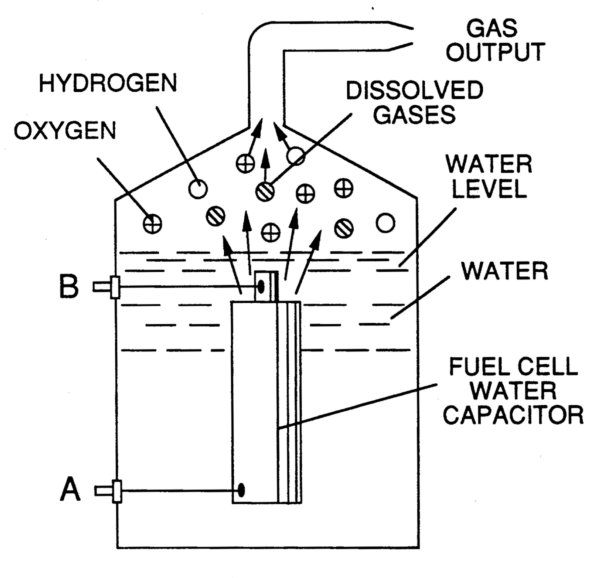Few tales in the annals of automotive innovation have stirred as much debate as Stanley Meyer's water fuel cell. While some hailed it as a groundbreaking discovery that could revolutionize the transport industry, others dismissed it as mere pseudoscience. So, what's the story behind this controversial invention?
The Water Fuel Cell: A Brief Overview
Stanley Allen Meyer, a man of significant claims, introduced the water fuel cell as a "perpetual motion machine." He asserted that vehicles equipped with this technology could rely on water instead of gasoline for fuel. However, in 1996, an Ohio court ruled Meyer's claims fraudulent.[1][2]
The core idea behind the water fuel cell was to separate water into hydrogen and oxygen, utilizing the produced hydrogen for combustion, which in turn would recreate the water molecules. Notably, Meyer stated that the device's energy consumption for this process was lesser than conventional science would predict.[1] This method involved "Brown's gas" (a 2:1 oxyhydrogen mixture) and ambient air to produce the required hydrogen gas.[3]
Should the device operate as Meyer claimed, it would defy both the first and second laws of thermodynamics, essentially making it a perpetual motion machine.[3]
Deciphering the "Fuel Cell" Terminology
The term "fuel cell" as used by Meyer was somewhat misleading. Across his patents,[4][5][6] he termed the section of his device that passed electricity through water to produce hydrogen and oxygen as the "fuel cell" or "water fuel cell". Traditionally, such setups are referred to as "electrolytic cells."[7] In most contexts, a "fuel cell" is a device that produces electricity via a chemical redox reaction, which contrasts with Meyer's invention, which consumed electricity.[8][9]
Meyer in the Media Spotlight
Meyer's invention caught significant media attention. In an Ohio TV report, Meyer presented a dune buggy, which he claimed ran on his water fuel cell. His audacious assertion was that the vehicle required just 22 US gallons of water to journey from Los Angeles to New York.[10] Moreover, he contended to have substituted conventional spark plugs with "injectors" to channel a hydrogen/oxygen blend into the engine cylinders.
Critical Voices and the Absence of Peer Reviews
Not everyone was convinced. Philip Ball, penning his thoughts in the esteemed journal Nature, labeled Meyer's assertions as pseudoscience. He noted the difficulty in discerning the exact workings of Meyer's car but mentioned the recurrent myth of water as fuel was unlikely to vanish.
Moreover, no peer-reviewed evaluations of Meyer's devices exist in reputable scientific publications to this day. Nature, in another article, categorized Meyer's promises as yet another "water as fuel" myth.
Stanley Meyer's water fuel cell remains one of the most debated topics in automotive innovation.
While it promised a cleaner, more sustainable future, scientific scrutiny revealed significant gaps in its claimed capabilities. The allure of water as fuel is an enduring myth, but as with all scientific claims, rigorous evaluation and skepticism are crucial.



Stanley Meyer's Water Fuel Cell: The Greatest Invention that Never Was